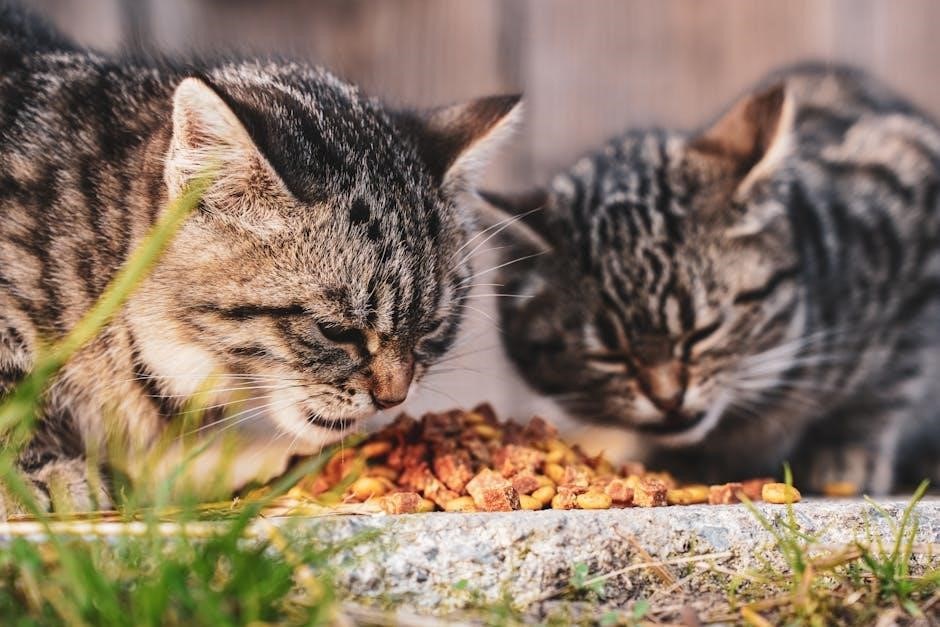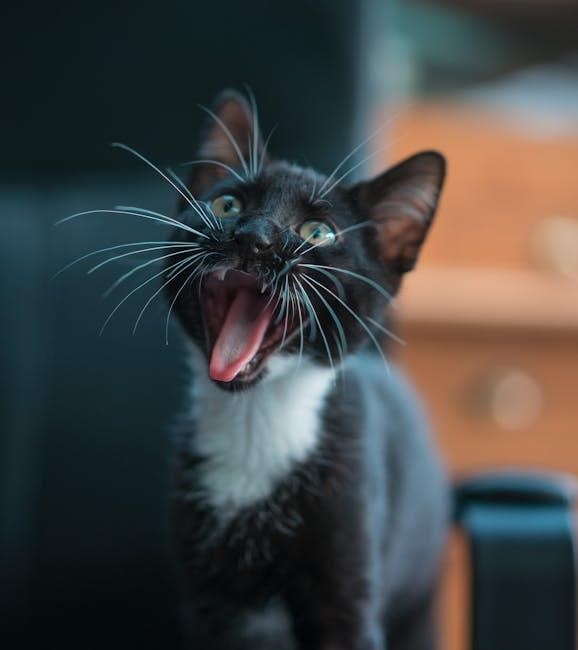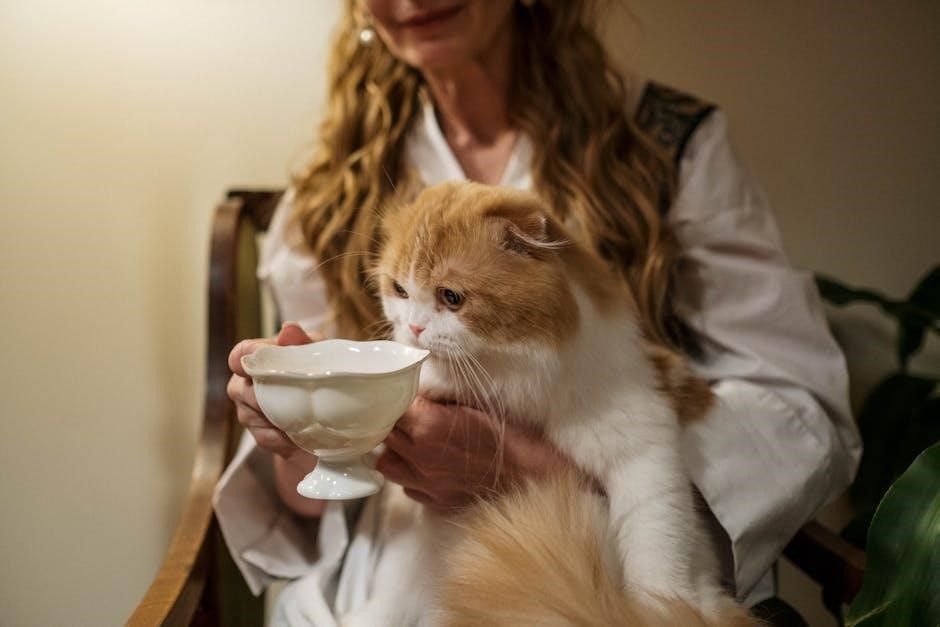Tony Holler introduces Feed the Cats, a speed-focused approach,
- with
his Harrisburg High School track teams achieving success, including three IHSA State Championships and nine IHSA trophies, in a 10-year span from 1995 to 2004 naturally.
Overview of Tony Holler’s Background and Coaching Experience
Tony Holler has an extensive background in coaching, with 25 years of experience in football and track and field. His coaching career has been marked by numerous achievements, including three IHSA State Championships and nine IHSA trophies with his Harrisburg High School track teams. Holler’s teams won seven IHSA trophies in a 10-year span from 1995 to 2004, demonstrating his ability to consistently produce successful teams. As a coach, Holler has developed a unique approach to training, focusing on speed and efficiency. His experience and expertise have made him a respected figure in the track and field community, with many coaches seeking his advice and guidance. Holler’s background and coaching experience have been instrumental in shaping his approach to Feed the Cats, a speed-focused training program that has gained popularity in recent years. With his wealth of knowledge and experience, Holler continues to inspire and educate coaches and athletes alike. His presentations and writings have been widely shared, providing valuable insights into his coaching philosophy and methods.

The Concept of Feed the Cats and Its Origins
Feed the Cats originated in 1999, focusing on speed, with Tony Holler introducing a new approach to track and field, as stated on the internet, in a unique and innovative way naturally.
Philosophical Basis of Feed the Cats and Its Evolution Over Time
The philosophical basis of Feed the Cats is centered around the idea of making track and field a more enjoyable sport by focusing on speed, as mentioned in the pdf by Tony Holler.
This approach has evolved over time, with Holler and other coaches continuously sharing their ideas and experiences through presentations, clinics, and blogs.
The Feed the Cats philosophy has been influenced by various factors, including the need to keep sprint practices brief and the importance of timing sprinters in short sprints.
The evolution of Feed the Cats has also been shaped by the introduction of new concepts, such as micro-dosing and the X Factor, which have become increasingly popular among track and football programs.
As a result, Feed the Cats has become a widely accepted and successful approach to speed training, with many coaches and teams adopting its principles and techniques.
The continuous evolution of Feed the Cats is a testament to the dedication and innovation of coaches like Tony Holler, who are committed to improving the sport of track and field.
With its focus on speed and enjoyment, Feed the Cats is likely to remain a popular and effective approach to track and field training for years to come.
The internet provides a wealth of information on Feed the Cats, including pdfs, presentations, and blogs, making it easy for coaches and athletes to learn more about this innovative approach.
By embracing the principles of Feed the Cats, coaches and athletes can improve their performance, increase their enjoyment of the sport, and achieve their goals.
Overall, the philosophical basis of Feed the Cats and its evolution over time have contributed to its success and popularity, making it a leading approach to speed training in track and field.

Key Principles of Feed the Cats and Its Application in Track and Field
Feed the Cats focuses on speed training, using methods like
- micro-dosing
and short sprints, to improve track and field performance naturally every day.
Speed Training and Development as a Core Component of Feed the Cats
Speed training is a crucial aspect of Feed the Cats, with Tony Holler emphasizing the importance of short sprints and micro-dosing to improve athletic performance. The method involves timing sprinters in short distances, recording and ranking their results, and publishing them to foster a competitive environment. This approach allows athletes to focus on speed development, rather than endurance, and has been shown to be effective in improving track and field performance. The use of short sprints, such as the 10m fly, and lactate workouts, like the 23-second drill, are key components of the Feed the Cats speed training program. By incorporating these methods into their training regimen, athletes can experience significant gains in speed and overall athletic ability. The Feed the Cats approach has been successfully implemented in various track and field programs, with many athletes achieving impressive results and setting new personal records. Effective speed training is essential for success in track and field.

Resources and Presentations by Tony Holler on Feed the Cats
Analysis of the FIVE OATCCC PRESENTATIONS BY TONY HOLLER and Their Significance
The FIVE OATCCC PRESENTATIONS BY TONY HOLLER provide a comprehensive overview of the Feed the Cats philosophy, with each presentation building on the previous one to create a cohesive understanding of the approach. Using
- ordered lists
and
- unordered lists
, Holler breaks down the key components of Feed the Cats, making it easier for coaches to implement the program. The presentations are significant because they offer a detailed explanation of the theoretical foundations of Feed the Cats, as well as practical advice on how to apply the principles in a real-world setting. By analyzing the presentations, coaches can gain a deeper understanding of the Feed the Cats philosophy and how to use it to improve their teams’ performance. The presentations are also notable for their use of hyperlinks and other online resources, which provide additional information and support for coaches. Overall, the FIVE OATCCC PRESENTATIONS BY TONY HOLLER are a valuable resource for anyone looking to learn more about Feed the Cats.

Implementation of Feed the Cats in Various Sports and Teams
Teams adopt Feed the Cats, a speed-focused approach, in sports like soccer, with
- ten
ways to implement it, naturally and effectively.
Case Studies and Success Stories of Teams That Have Adopted Feed the Cats
Several teams have achieved success by adopting Feed the Cats, with notable examples including Tony Holler’s Harrisburg High School track teams, which won three IHSA State Championships and nine IHSA trophies in a 10-year span.
These teams have seen significant improvements in their performance, with many athletes achieving personal bests and setting new records.
The implementation of Feed the Cats has been shown to be effective in a variety of sports, including track and field, soccer, and football, with teams reporting improved speed, agility, and overall performance.
The success of these teams can be attributed to the emphasis on speed training and development, as well as the focus on creating a positive and supportive team culture.
Overall, the case studies and success stories of teams that have adopted Feed the Cats demonstrate the effectiveness of this approach in improving athletic performance and achieving success at the highest levels.
The use of Feed the Cats has been widely adopted by teams and coaches, with many reporting positive results and improved performance.
This approach has been shown to be effective in a variety of settings, from high school to college to professional sports.
The success of Feed the Cats can be attributed to its focus on speed training and development, as well as its emphasis on creating a positive and supportive team culture.
By adopting Feed the Cats, teams can improve their performance, achieve success, and create a positive and supportive team culture.
The results of these teams are a testament to the effectiveness of Feed the Cats, and demonstrate its potential for improving athletic performance and achieving success.
The adoption of Feed the Cats has been shown to have a positive impact on teams and athletes, with many reporting improved performance and increased success.
This approach has been widely adopted, and its effectiveness has been demonstrated in a variety of settings.
The success of Feed the Cats is a result of its focus on speed training and development, and its emphasis on creating a positive and supportive team culture.
The use of Feed the Cats has been shown to be effective, and its adoption has been widely reported, with many teams and coaches achieving success and improving performance.
The results of the teams that have adopted Feed the Cats are a testament to its effectiveness, and demonstrate its potential for improving athletic performance and achieving success at the highest levels.
